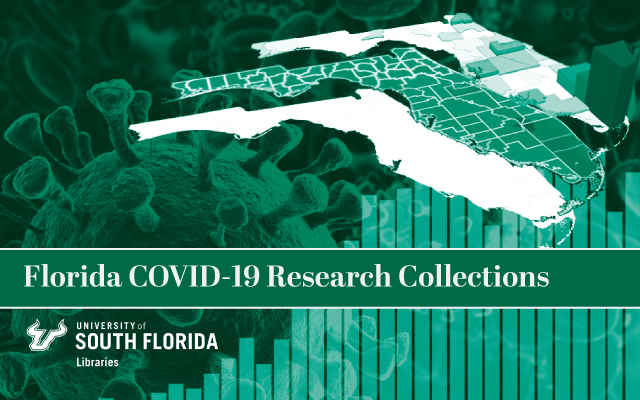
All publications
Document Type
Article
Publication Date
2020
Keywords
Adult, Age Factors, Aged, Betacoronavirus, COVID-19, Cluster Analysis, Coronavirus Infections, Cross-Sectional Studies, Ethnic Groups, Family Characteristics, Female, Humans, Male, Pandemics, Pneumonia, Viral, Poverty, Prevalence, Public Health, Risk Assessment, Risk Factors, SARS-CoV-2, Severity of Illness Index, Survival Analysis, United States
DOI
https://doi.org/10.1136/bmjopen-2020-039886
Abstract
Objectives: To illustrate the intersections of, and intercounty variation in, individual, household and community factors that influence the impact of COVID-19 on US counties and their ability to respond.
Design: We identified key individual, household and community characteristics influencing COVID-19 risks of infection and survival, guided by international experiences and consideration of epidemiological parameters of importance. Using publicly available data, we developed an open-access online tool that allows county-specific querying and mapping of risk factors. As an illustrative example, we assess the pairwise intersections of age (individual level), poverty (household level) and prevalence of group homes (community-level) in US counties. We also examine how these factors intersect with the proportion of the population that is people of colour (ie, not non-Hispanic white), a metric that reflects histories of US race relations. We defined 'high' risk counties as those above the 75th percentile. This threshold can be changed using the online tool.
Setting: US counties.
Participants: Analyses are based on publicly available county-level data from the Area Health Resources Files, American Community Survey, Centers for Disease Control and Prevention Atlas file, National Center for Health Statistic and RWJF Community Health Rankings.
Results: Our findings demonstrate significant intercounty variation in the distribution of individual, household and community characteristics that affect risks of infection, severe disease or mortality from COVID-19. About 9% of counties, affecting 10 million residents, are in higher risk categories for both age and group quarters. About 14% of counties, affecting 31 million residents, have both high levels of poverty and a high proportion of people of colour.
Conclusion: Federal and state governments will benefit from recognising high intrastate, intercounty variation in population risks and response capacity. Equitable responses to the pandemic require strategies to protect those in counties at highest risk of adverse COVID-19 outcomes and their social and economic impacts.
Rights Information

This work is licensed under a Creative Commons Attribution-Noncommercial 4.0 License
Citation / Publisher Attribution
BMJ Open, v. 10, issue 9, art. e039886
Scholar Commons Citation
Chin, Taylor; Kahn, Rebecca; Li, Ruoran; Chen, Jarvis T.; Krieger, Nancy; Buckee, Caroline O.; Balsari, Satchit; and Kiang, Mathew V., "US-county Level Variation in Intersecting Individual, Household and Community Characteristics Relevant to COVID-19 and Planning an Equitable Response: A Cross-sectional Analysis" (2020). All publications. 18.
https://digitalcommons.usf.edu/usf_fcrc_all/18

